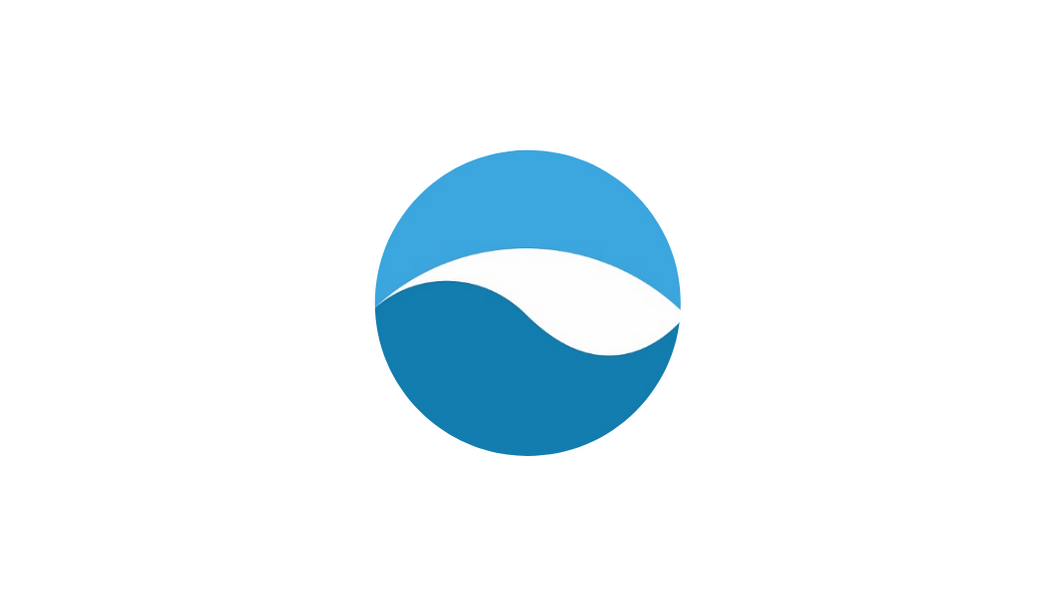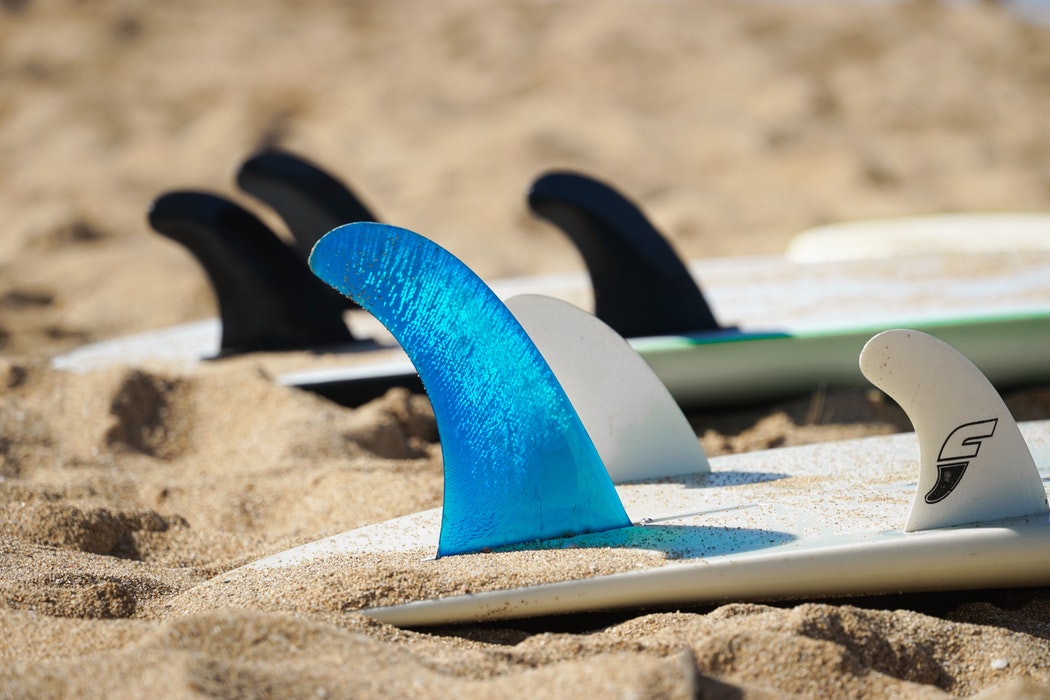The original surfboards were made from wood (balsa). Surfboard designers and manufacturers are always looking for better materials and methods of construction and as a result, surfboards are now made from other materials. So today, most surfboards are made from foam and fibre-glass.
Fibre-glass Boards
These surfboards are the most popular as they are light weight, easy to ride, easy to make and easy to repair. The fibre-glass board is made from polyurethane or what is generally called “foam” with a stringer, fiberglass and resin. The surfboard maker shapes foam blanks into the desired shapes. The foam blank has a stringer down the middle. The stringer gives the surfboard strength and helps to stop it from breaking. The stringer is made from timber. Older style surfboards often had more than one stringer. Stringers can also come in different thicknesses with the thicker stringers weighing more.
Fibre-glass matting (or glass) is then layered over the foam. Fibre-glass, when combined with resin, helps protect the shaped foam from damage. Resin is the liquid substance applied to the fibre-glass that hardens to give the surfboard its smooth finish. Fibre-glass can be applied in different thicknesses (e.g. 2, 4, 6 ounces) to different areas of the board. An extra layer or thicker fibre-glass matting applied to the deck down near the tail will give extra strength where your knee/foot goes when duck-diving. The thinner the layer of fibre-glass, the lighter the board will be, however it also means the board will be prone to deform and break more easily.
Surfboard colour/design, or what is commonly called, “the spray” is applied to the surfboard after shaping, onto the foam, and before glassing. A spray can be plain and simple or very intricate/complex — virtually anything you want is possible.
Other Board Composition
More recent developments have seen the introduction of surfboards made from epoxy resin in combination with other materials. These boards can be more buoyant, lighter and stronger. One drawback is that they can be difficult to repair.
Other surfboard compositions include:
· Epoxy with polystyrene foam core
· PVC layers bonded by fibre-glass
· Wood veneer
· Soft tops — hard epoxy board with EVA rubber deck and rails
· Bamboo
· Foam
Fins
Fins are found on the bottom of the board near the tail. The main purpose of fins is to give the board direction and help you hold a line on the wave. If you didn't have fins, you would have very little control and would tend to slip sideways and spin around.
Over the years there has been much experimenting with the number of fin shape, fin attachment systems, fin material and design in order to find a combination with the best holding power, drive and flexibility. There is a wide variety of fin style shapes and sizes available. As surfing technology continues to develop, new fin materials and shapes are constantly being brought to the market.
Surfboards may have up to five fins, but fin combinations generally consist of:
Single Fin
Twin Fin
Thruster
Quad Setup
You can read more on the different types of fin setup on a previous blog post here.
All fins used to be made from wood, but then came fibre-glass. Fibre-glass is still the most commonly used fin material due to its flexing and strength characteristics. The fins are glassed to the board at the time of making the board. Designers are also using other materials such as plastic, carbon fibres, carbon ceramics, glassed fibre reinforced nylons.
Fins can be curved (raked), angled and have different degrees of flexibility. They can also differ in base to tail thickness. Each of these designs causes a different affect from lifting the tail, giving you more speed, reducing drag and flex (the amount of movement in the fin when riding the board).
Fin Systems
Some boards have removable fins. These are typically called a “Fin System” and allow you to change your fins to suit different surf conditions (or complete removal for travelling/storage). The surfboard has specially designed fin attachment systems fitted into board that allow you to place and lock/clip in the fins.
Being able to change your fins allows you to further respond to the specific wave conditions and your own surfing style.
Fins can also be placed in different positions on the tail of the board depending on the type of fin attachment system fitted to the board.
















